Foxhollow 2000-01
15 years ago
Related Stories
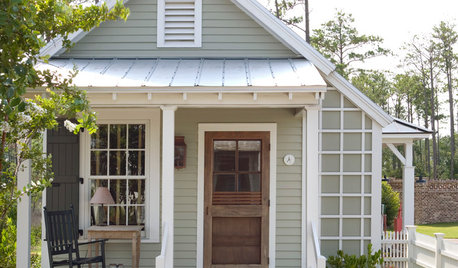
MOVINGHow to Avoid Paying Too Much for a House
Use the power of comps to gauge a home’s affordability and submit the right bid
Full Story
REMODELING GUIDESCork Flooring 101: Warm Up to a Natural Wonder
Comfortable, sustainable and easy on the eye, cork has a lot going for it. Use our guide to get familiar with this natural flooring material
Full Story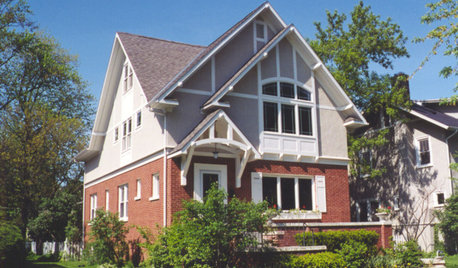
REMODELING GUIDESMovin’ On Up: What to Consider With a Second-Story Addition
Learn how an extra story will change your house and its systems to avoid headaches and extra costs down the road
Full Story
MOST POPULARWhat to Know About Adding a Deck
Want to increase your living space outside? Learn the requirements, costs and other considerations for building a deck
Full Story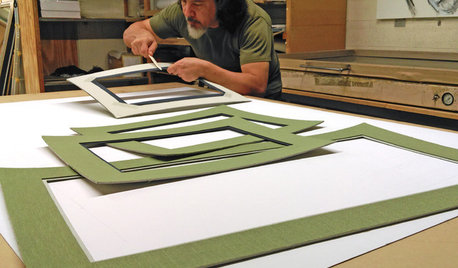
ARTYour Guide to Custom-Framing Photos and Art
Get the lowdown on framing materials, methods and more
Full Story
MOST POPULARHouzz Tour: Going Off the Grid in 140 Square Feet
WIth $40,000 and a vision of living more simply, a California designer builds her ‘forever’ home — a tiny house on wheels
Full Story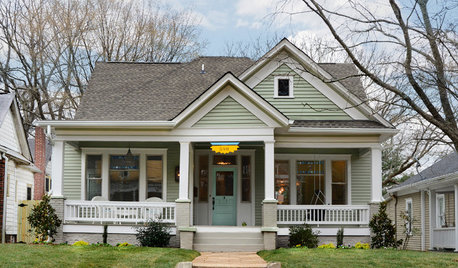
HOUZZ TOURSHouzz Tour: Lovingly Resurrecting a Historic Queen Anne
Dedication and a keen eye turn a neglected eyesore into the jewel of its Atlanta neighborhood
Full Story
CONTRACTOR TIPSBuilding Permits: What to Know About Green Building and Energy Codes
In Part 4 of our series examining the residential permit process, we review typical green building and energy code requirements
Full Story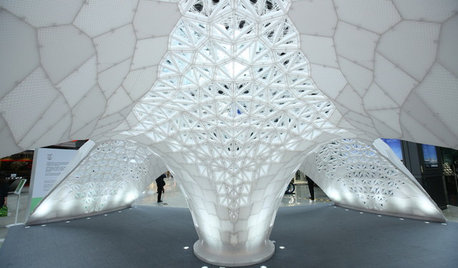
ARCHITECTUREWhat the Future Holds for 3D Printing in Architecture and Design
Designers worldwide are creating 3D-printed buildings, furnishings and materials. Will we be seeing this trend in our homes?
Full Story
ARTShow News: Rare Quilts Get Museum Time
See 6 intricate designs from a California exhibition and get tips for building your own quilt collection
Full Story


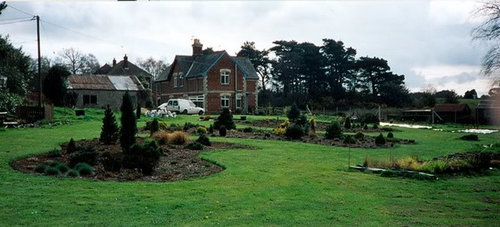
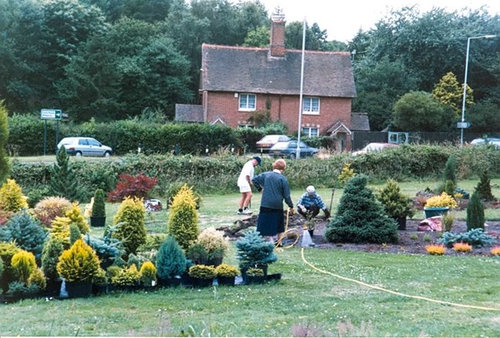
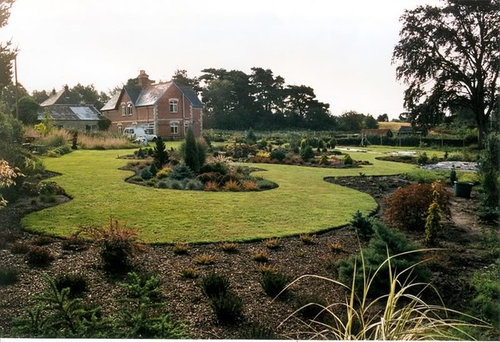
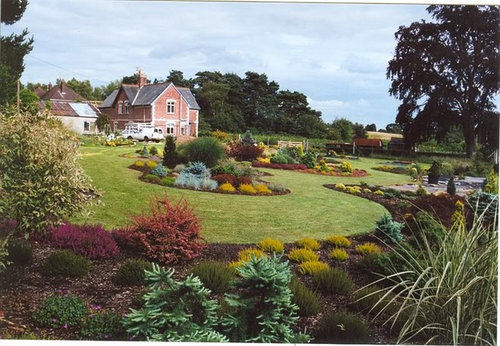
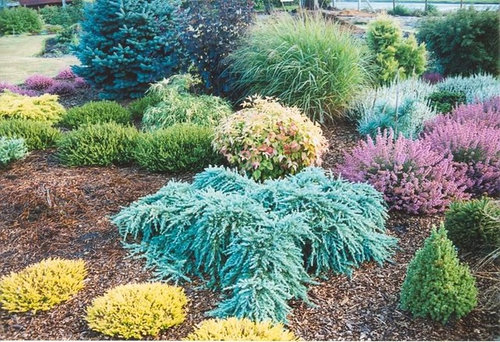
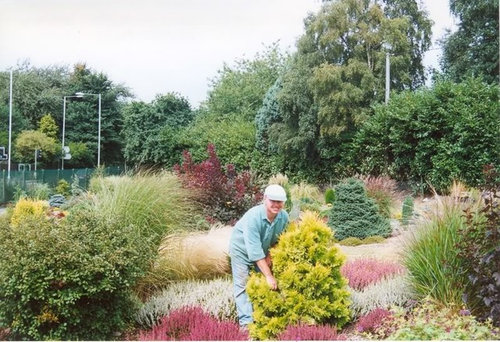
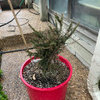

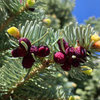
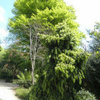
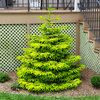
ken_adrian Adrian MI cold Z5
gardener365
Related Discussions
2005 'AEN' Supplement Rose List, January 2006
Q
2005 'AEN' Supplement Rose List February 2006
Q
2005 'AEN' Supplement Rose List, March 2006
Q
Listing 07/01/15
Q
bluespruce53Original Author
bluespruce53Original Author
barbaraincalif
stevemy
bluespruce53Original Author
bluespruce53Original Author
stevemy
klavier
beigestonehill
bluespruce53Original Author
firefightergardener
tunilla
beigestonehill
barbaraincalif
gardener365
kim_dirtdigger
gardener365
bluespruce53Original Author
firefightergardener
in ny zone5